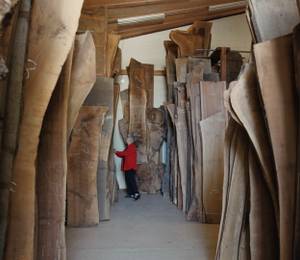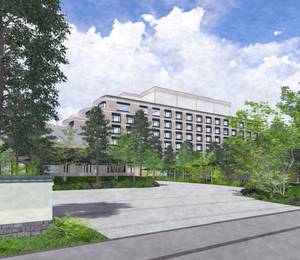In September 2019, China’s Ministry of Housing and Urban-Rural Development (MOHURD) implemented the Technical Standard for Nearly Zero Energy Buildings. This new standard defines the way Ultra-Low Energy Buildings, Nearly Net-Zero Energy Buildings, and Net-Zero Energy Buildings are classified. The standard draws on the experiences of developed countries while taking China’s climate characteristics, building types, energy use characteristics, and development trends into consideration. The standards address binding targets – including indoor environmental parameters and energy efficiency indicators – and proposes corresponding technical performance indicators, measures, and evaluation methods. Put simply, these standards will play an important role in promoting energy conservation and emissions reduction, driving the energy-saving transformation and upgrading of China’s building sector.
The building sector has led to 30-40 percent of global energy consumption, emitting up to 40 percent of total carbon dioxide in direct and indirect patterns. These challenges are worse in countries undergoing rapid urbanization (like China).
Nearly Net-Zero Energy Buildings adopt passive architectural designs and strategies to minimize heating, cooling and lighting demands. They incorporate active technologies that maximize the energy equipment and systems’ efficiency, and provide a comfortable indoor environment with minimum energy consumption by utilizing renewable energy sources. Some of these passive strategies include building envelope insulation, exterior shading devices, and high-performance windows and doors – each a fundamental way to improve a building’s energy efficiency.
Wood-frame construction is an ideal energy-efficient solution to achieve Nearly Net-Zero Energy Building’s green development targets.
Wood-frame construction is an ideal energy-efficient solution to achieve Nearly Net-Zero Energy Building’s green development targets. Following these new standards, Canada Wood China developed a detailed technical guide for high-performance wood construction aligning with the Nearly-Net Zero target parameters. The guide includes technical details for how to meet specific high-performance criteria performance requirements within planning and design, assemblies, air barriers, energy-related systems, renewable energy sources, and modelling.
Jiangsu Urban and Rural Construction Vocational College was an ideal partner for the development of a Nearly Net-Zero demonstration project. College management decided to change the design to meet the requirements of Ultra Low Energy Building or Nearly Net Zero Buildings. With support from CW China, the college decided to use light wood frame construction, and to incorporate a high level of prefabrication in one of their buildings. The combination of renewable energy, such as solar, green building and the low carbon aspect of wood frame construction will showcase the benefits of the building from a systemic approach, and establish a new demonstration of the possibilities for wood frame construction within the Nearly Net-Zero Building standards.
PROJECT DETAILS
Project Name: Jiangsu Changzhou Nearly Net Zero House
Project Location: Changzhou, Jiangsu Province, China
Developer: Jiangsu Urban and Rural Construction Vocational College
Architect: Jiangsu Urban Construction College Architectural Planning and Designing Institute
Size: 589 square metres
Completion: 2021
Information: Courtesy of Canada Wood Group
Photo credit: Canada Wood Group















